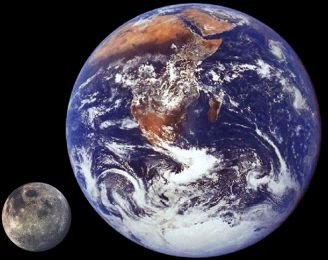Planetpals The Greatest Facts on Earth
Fascinating Fun Fast Facts About Our World !
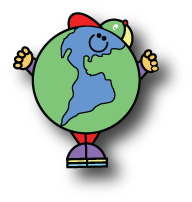 Earthman Says: It's Your World--Care and Take Care |
|---|
- circumferance: 24,901.5 miles
- diameter: Nearly 8,000 miles
- surface area: 196,935,000 sq miles
- percent of earth's ocean approximatly 70% *
- percent of earth's land: approximatly 30%
- highest point:Mt Everest 29, 028 above sea level
- lowest point: Dead Sea 1,302 below sea level
* of the 70 percent of water; 97 percent is salt water, 3 percent is fresh water
The EARTH is made of the following CHEMICAL ELEMENTS:
- oxygen 46.6 %
- aluminum 8.1
- iron 5
- sodium 2.8
- magnesium 2.1
- calcium 3.6
- potassium 2.6
- silicon 27.7
- other 1.5
Here is an example of how long it takes garbage to break down:
- plastics take 500 years
- aluminum cans take 500 years
- organic materials take 6 months
- cotton, rags, and paper take 6 months.
Other Interesting FACTS:
- Earth is referred to as the BLUE PLANET. WHY? Because from space,
the oceans combined with our atmosphere make our planet look blue.
- Earth is estimated to be 3-5 Billion Years old.
- Earth is estimated to weigh 6,585,600,000,000,000,000,000 tons.
- The area of the earth is almost 200 million square miles.
- Earth travels through space at 66,700 miles per hour.
- Earth's oceans are an average of 2 Miles deep.
- Earth's rotation on its axis makes a day at 24 hours...
- Earth's orbit around the sun makes a year at nearly 365 and 1/2 days
- Earth is tipped at 23 and 1/2 degrees in orbit. That axis is what causes our seasons.
- Antarctica is the coldest place on earth. The continent is almost entirely covered in ICE !
- Only 11 percent of the earth's surface is used to grow food.
- Breeze carries about 100 Million tons of sand particles around the earth yearly.
- That means if you live in America-you could have Sand that came from the Gobi desert in China.
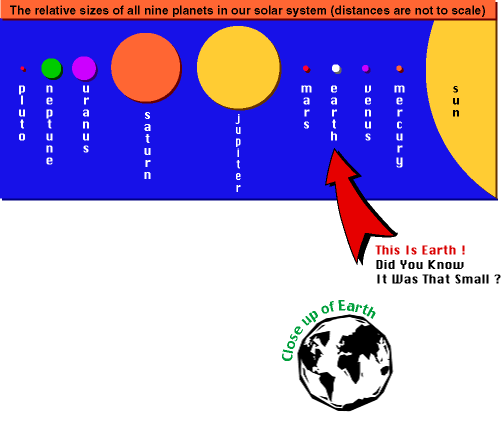
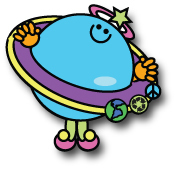
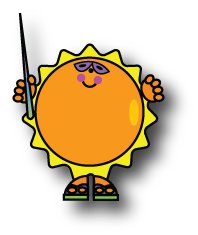
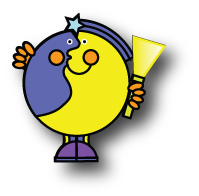
 The Sun happens to be 400 times the Moon's diameter, and 400 times as far away. That coincidence means the Sun and Moon appear to be the same size when viewed from Earth. A total solar eclipse, in which the Moon is between the Earth and Sun, blocks the bright light from the Sun's photosphere, allowing us to see the faint glow from the corona, the Sun's outer atmosphere.
The Sun happens to be 400 times the Moon's diameter, and 400 times as far away. That coincidence means the Sun and Moon appear to be the same size when viewed from Earth. A total solar eclipse, in which the Moon is between the Earth and Sun, blocks the bright light from the Sun's photosphere, allowing us to see the faint glow from the corona, the Sun's outer atmosphere. 
